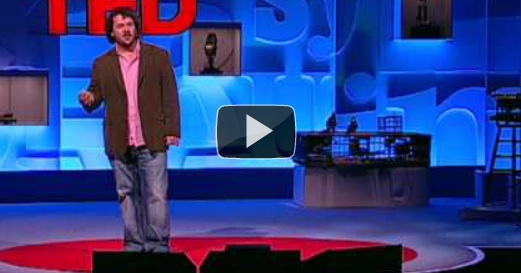
Myth and Motivation of the Martyr Archetype
Know a Martyr? Most people have had the experience of working with or knowing someone with a Martyr archetype, or maybe you even see it in yourself. I’d like to provide some information in order to help understand and work with this pattern.
Bad Reputation The Martyr archetype seems to get a bad rap and I think I know why. It has to do with the Martyr’s very visible shadow form and a motivation behind the behavior that is not always clear. You might be familiar with the ‘hand-on-forehead-oh-I’ll-do-it-because-no-one-else-will’ type of Martyr behavior. This is but one shadow aspect of the pattern that has garnered a bad reputation but there is far more to it than that.
Motivation The heart of any archetypal pattern is its underlying motivations. Unless we are looking for this archetype in ourselves we won’t always know what is motivating the person involved, but being aware of the probable motivators can make all the difference. This awareness enables us to work with the archetype more effectively and take things less personally.
Witness, Sacrifice, Receive The archetype of the Martyr has it’s roots in witnessing as much as in sacrifice. The word ‘martyr’ itself comes from the Greek word for ‘witness’. It is synonymous with a willingness to proceed because of a higher cause or truth despite the risk of injury or sacrifice. While we tend to associate the Martyr with its shadowy side of manipulation, at it’s core it’s about doing the right thing – even if that right thing is just in the mind of the individual. An important and often overlooked facet of this archetype is that of receiving, be it help, praise, recognition or what have you. I found this written about the archetype of the Martyr at work in the Organizational Development Journal helpful:
Healthy martyrdom revolves around sacrifice by choice, which opens the martyr to receive as well as to give. People who feel they must take care of everything and everyone, yet refuse to receive in return, are acting out the shadow aspect of the Martyr archetype. Their ceaseless giving permits them to manipulate and feel superior to those they are helping, even as they complain about how deprived they are.
Mistaken Identity Since the behavior can be similar, maybe people confuse the Martyr with other archetypal patterns. The difference is in the motivation. Below is a list of a couple that I come across frequently in my practice.
- If the core motivation is feeling less valuable and therefore doing more to seem of greater value – it’s not the Martyr but the Prostitute archetype at play.
- If the core motivation is to protect from being taken advantage of, doing more or showing up in a way so as to fend off criticism, it’s most likely the Victim archetype. Of course it could be a little of both.
The Martyr is also mistaken for the Hero, Advocate, and Avenger archetypes but differs in the fulcrum of it’s motivation. The Martyr can very often be an aspect of the Mother and Father archetypes where the role of witness for the family tends to fall to one or both of the parents in addition to the sacrifice called forth by the archetype.

Statue of Joan of Arc / photo ©Julienne Givot
The Empowered Martyr The empowered Martyr witnesses a higher principle and is willing to go the distance not for themselves but for the benefit of others. It’s the witnessing and not just the sacrifice that makes a Martyr.
Modern Martyrs Lilly Ledbetter was employed by Goodyear Tires for nineteen years before she discovered that she was paid far less for the same work as her male peers. She filed a lawsuit against Goodyear, and after a long legal battle, her case was ultimately decided by the U.S. Supreme Court; she lost. The Supreme Court stated she had taken too long to file a complaint. Ledbetter pursued an effort to persuade congress and the President that there was a need for change. Over a decade later she succeeded and the Lilly Ledbetter Fair Pay Act was signed into law in early 2009. A woman of retirement age, who probably had other things to attend to, decided that the principle of fair pay was worth the effort and sacrifice even if she herself would not be able to take advantage of the goal she worked for. This is the heart of the empowered Martyr.
A mention of modern day representations of the Martyr archetype would be remiss without of course honoring Civil Rights pioneers Martin Luther King Jr. and Harvey Milk, Rwandan genocide survivor Immaculée Ilibagiza, and most recently Aung San Suu Kyi Nobel Peace Prize Winner from Burma.
References
Films: Paul Scofield in A Man for All Seasons; Meryl Streep in Silkwood; Denzel Washington in Malcolm X; Ben Kingsley in Gandhi; Sean Penn in Milk; Made in Dagenham
Drama: Saint Joan by G.B. Shaw.
Fiction: A Tale of Two Cities by Charles Dickens; Little Bee by Chris Cleave
Religion/Myth: Many Christian saints, including Joan of Arc; Mansur al-Hallaj (10th-century Sufi mystic martyred for his belief that God existed within him).


